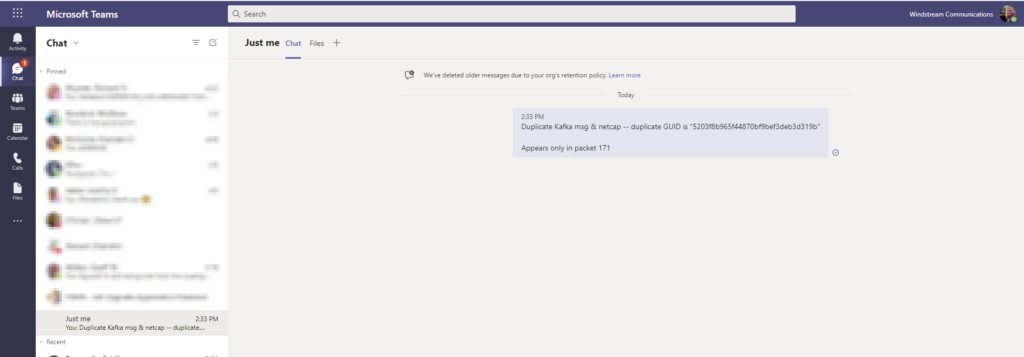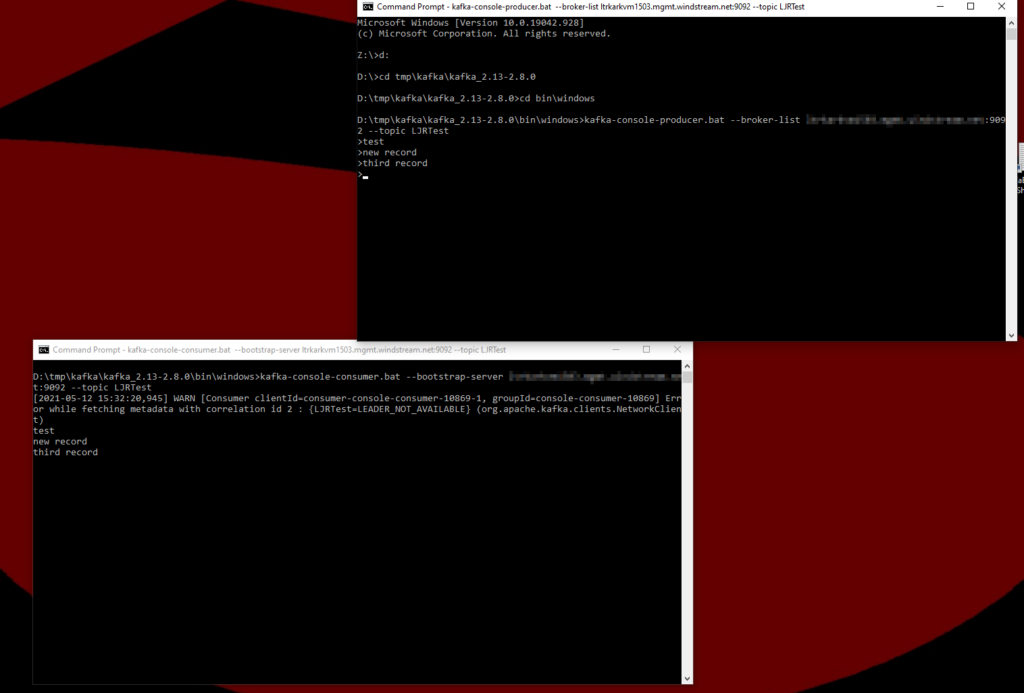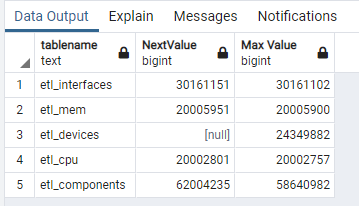I’ve been retrofitting a lot of PHP/SQL queries to use oci_bind_by_name recently. When using “IN” clauses, you can iterate through your array twice, but it’s an inefficient approach.
// Build the query string with a bunch of placeholders
$strQuery = "select Col1, Col2, Col3 from TableName where ColName IN (";
for($i=0; $i < count($array); $i++){
if($i > 0){
$strQuery = $strQuery . ", ";
}
$strQuery = $strQuery . ":bindvar" . $i;
}
$strQuery = $strQuery . ")";
...
// Then bind each placeholder to something
for($i=0; $i < count($array); $i++){
oci_bind_by_name($stmt, ":bindvar".$i, $array[$i]);
}
Building a table from the array data and using an Oracle collection object creates cleaner code and avoids a second iteration of the array:
$strQuery = "SELECT indexID, objName FROM table WHERE objName in (SELECT column_value FROM table(:myIds))";
$stmt = oci_parse($conn, $strQuery);
$coll = oci_new_collection($kpiprd_conn, 'ODCIVARCHAR2LIST','SYS');
foreach ($arrayValues as $strValue) {
$coll->append($strValue);
}
oci_bind_by_name($stmt, ':myIds', $coll, -1, OCI_B_NTY);
oci_set_prefetch($stmt, 300);
oci_execute($stmt);
A simple like clause is quite straight-forward
$strNameLikeString = "SomeName%";
$strQuery = "SELECT ds_dvrsty_set_nm from ds_dvrsty_set WHERE ds_dvrsty_set_nm LIKE :divsetnm ORDER BY ds_dvrsty_set_nm DESC fetch first 1 row only";
$stmt = oci_parse($connDB, $strQuery);
oci_bind_by_name($stmt, ":divsetnm", $strNameLikeString);
oci_set_prefetch($stmt, 300);
oci_execute($stmt);
But what about an array of inputs essentially reproducing the LIKE ANY predicate in PostgreSQL? There’s not a direct equivalent in Oracle, and iterating through the array twice to build out a query WHERE (Field1 LIKE ‘Thing1%’ OR Field1 LIKE ‘Thing2%’ OR Field1 LIKE ‘Thing3%’) is undesirable. The with EXISTS allows me to create a LIKE ANY type query and only iterate through my array once to bind variables to placeholders using the same collection approach as was used with the IN clause.
$arrayLocs = array('ERIEPAXE%', 'HNCKOHXA%', 'LTRKARXK%');
$strQuery = "SELECT location_id, clli_code FROM network_location WHERE EXISTS (select 1 FROM TABLE(:likelocs) WHERE clli_code LIKE column_value)";
$stmt = oci_parse($connDB, $strQuery);
$coll = oci_new_collection($connDB, 'ODCIVARCHAR2LIST','SYS');
foreach ($arrayLocs as $strLocation) {
$coll->append($strLocation);
}
oci_bind_by_name($stmt, ':likelocs', $coll, -1, OCI_B_NTY);
oci_execute($stmt);
print "<table>\n";
print "<tr><th>Loc ID</th><th>CLLI</th></tr>\n";
while ($row = oci_fetch_array($stmt, OCI_ASSOC+OCI_RETURN_NULLS)) {
print "<tr><td>" . $row['LOCATION_ID'] . "</td><td>" . $row['CLLI_CODE'] . "</td></tr>\n";
}
print "</table>\n";
There are many different collection types in Oracle which can be used with oci_new_collection. A full list of the system collection types can be queried from the database.
SELECT * FROM SYS.ALL_TYPES WHERE TYPECODE = 'COLLECTION' and OWNER = 'SYS';





